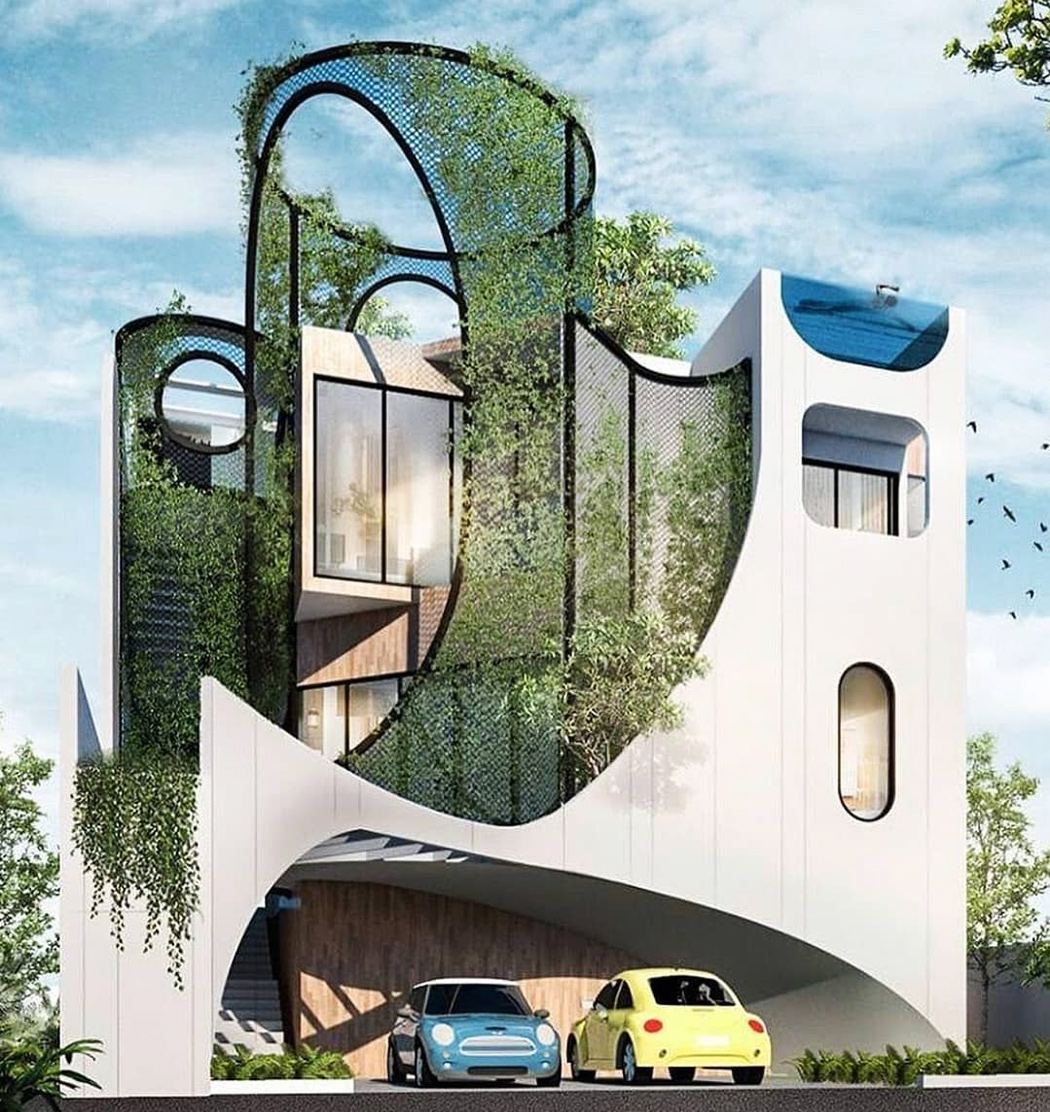Just How CDA Architects Supply Cutting-Edge Solutions for Lasting Design
An Extensive Summary of Architectural Designs and Their Impact on Modern City Planning and Advancement
Building styles have actually long served as a mirror to the social values and technological advancements of their time, playing a crucial function in shaping modern-day city planning and growth. From the magnificence of Neoclassicism to the utilitarian strategy of Brutalism, each style has actually introduced special ideas that influence urban aesthetic appeals and functionality.
Historical Summary of Architectural Styles
Throughout history, architectural styles have actually developed in action to social, technical, and environmental variables. Each period shows the prevailing worths, beliefs, and innovations of its time, causing a rich tapestry of style that signifies human imagination and adjustment. The old worlds, such as the Egyptians and Greeks, developed foundational styles that stressed symmetry and percentage, offering both functional and aesthetic functions.
As cultures transitioned via the Middle Ages, Gothic design arised, identified by its verticality and intricate outlining, matching the spiritual ambitions of the era. The Renaissance marked a resurgence of classic perfects, merging art and architecture in ingenious means that affected succeeding designs throughout Europe.
The Industrial Revolution introduced new materials and building and construction methods, triggering activities like Innovation, which tested traditional forms and embraced simplicity and performance. The 20th century saw a diversification of designs, with Postmodernism reacting versus the stark minimalism of its predecessor, incorporating historical references and eclectic aspects.
Today, architectural styles continue to develop, driven by globalization and sustainability issues, showing a dynamic interplay between heritage and innovation. This historic overview underscores the significance of architecture as a mirror of social advancement and as a stimulant for city advancement.
Secret Architectural Styles Explained
The diversity of architectural designs mirrors the myriad impacts that shape our built environment, each personifying distinctive features and social importances. Key building designs include Classical, Gothic, Baroque, Modernism, and Postmodernism, each representing distinct historic contexts and visual approaches.
Classic architecture, rooted in old Greece and Rome, highlights symmetry, percentage, and the use of columns. On the other hand, Gothic architecture, prospering in the center Ages, is identified by pointed arcs, ribbed vaults, and flying buttresses, creating a spiritual high quality in sanctuaries. Baroque design, arising in the 17th century, is marked by magnificence, fancy embellishment, and a dynamic interaction of light and darkness.

Recognizing these designs gives understanding right into the social stories and technological developments of their particular ages, highlighting exactly how architecture serves not equally as a sanctuary, yet as a reflection of societal values and aspirations.
Impact on Urban Preparation
In forming the advancement of cities, building see here styles dramatically influence city planning choices. The choice of architectural design typically determines the looks, functionality, and total character of city environments.
Moreover, building designs can influence zoning policies and land make use of policies. Urban organizers must think about the dominating architectural fads when developing areas, making certain that new advancements integrate with existing structures. This consideration promotes natural urban landscapes and improves neighborhood identification.
The implementation of particular building designs can additionally affect socioeconomic elements within a city. For instance, high-end contemporary designs might bring in wealthy residents and companies, causing gentrification, while more cost effective housing solutions might prioritize useful and lasting layouts to suit varied populaces. Ultimately, the interplay in between building designs and metropolitan planning creates vibrant cities that show both historical context and contemporary needs, forming the lived experiences of their inhabitants.
Sustainability and Modern Style
Building styles play a critical role in addressing modern difficulties, especially in the realm of sustainability. As urban locations broaden and environmental concerns escalate, modern-day design progressively embraces lasting style principles that focus on energy efficiency, resource conservation, and marginal environmental impact.
Contemporary building motions, such as biophilic design and environment-friendly style, advocate for structures that harmonize with their environments, using natural products and promoting biodiversity - cda architects. These designs typically incorporate eco-friendly energy resources, such as solar panels and wind generators, to decrease dependence on fossil fuels and reduced carbon footprints
Moreover, the combination of advanced modern technologies, such as wise building systems, improves power management, enhancing resource usage while ensuring passenger convenience. Innovative water administration strategies, consisting of rain harvesting and greywater recycling, additional add to sustainable metropolitan settings.
Significantly, sustainability expands past environmental problems; it encompasses social and economic measurements. By cultivating community wellness and advertising inclusivity, modern architectural styles line up directory with lasting development goals. The advancement of building methods proceeds to form resistant cities that not just fulfill the needs of the present but also protect the future for generations to come.
Neighborhood Engagement in Design
Neighborhood interaction in style functions as an essential bridge between architects and the populations they serve, making sure that the developed atmosphere shows the requirements and desires of its customers. This collective procedure welcomes area members to add their insights and preferences, promoting a feeling of ownership and obligation toward the areas they populate.
Reliable neighborhood interaction utilizes various approaches, such as workshops, studies, and public discussion forums, to collect diverse point of views (cda architects). These methods facilitate a two-way discussion, enabling designers to understand neighborhood contexts while encouraging locals to voice their problems and needs. This inclusivity not only enhances the layout high quality but additionally promotes social equity by dealing with the unique obstacles dealt with by marginalized groups

Conclusion
Architectural styles have profoundly influenced modern city planning and development, reflecting progressing social and technical contexts. The assimilation of historic aesthetic appeals with modern requirements promotes metropolitan atmospheres that prioritize sustainability and community engagement. As cities remain to expand and adjust, the recurring discussion between architectural heritage and modern design concepts will remain important in creating comprehensive, vivid rooms that improve high quality of life and promote social equity. The future of urban growth joints on this harmonious equilibrium.